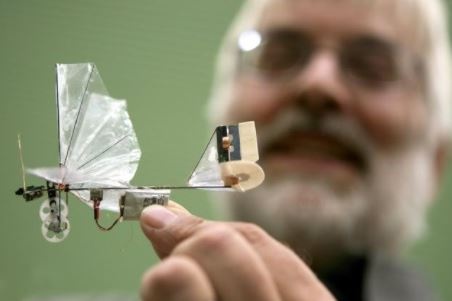The Department of Defense (DoD) introduced the Defense Enterprise Science Initiative (DESI), “a new pilot program that supports university-industry collaboration on use-inspired basic research,” says the DoD. One topic for this year’s applicants is “highly-maneuverable autonomous UAV.” The program offers significant funding and a development path to the commercial markets.
The biological study of agile organisms such as bats and flying insects has yielded new insights into complex flight kinematics of systems with a large number of degrees of freedom, and the use of multi-functional flight surface materials. Progress in sensors, optimization and miniaturization of processors, and advances in flight control algorithms have also made it feasible to enable real-time autonomy in a miniature robotic system.
As a result of these advances, there exists a possibility of creating autonomous unmanned aerial vehicles (UAVs) that have significant improvements in maneuverability, survivability, and stealth over traditional quadcopter or fixed-wing designs. This program seeks to devise new paradigms for autonomous flight, with a focus on highly-maneuverable platforms and algorithms for flight control and decision-making.
The key challenges in this domain are the development of:
(1) Highly-maneuverable and/or biomimetic UAV designs capable of making swift changes in flight direction and avoiding complex obstacles.
(2) Self-contained algorithms and/or hardware architectures for autonomous flight control of a system with a large number of degrees of freedom, obstacle recognition and avoidance, real-time decision making and mission planning.
The goal of this research program is to yield advances that will enable the next generation of UAV platforms capable of autonomous operation. Resulting in high endurance drones that could maneuver around obstacles without pilot instruction, and potentially fly in swarms, communicating with each other autonomously.


